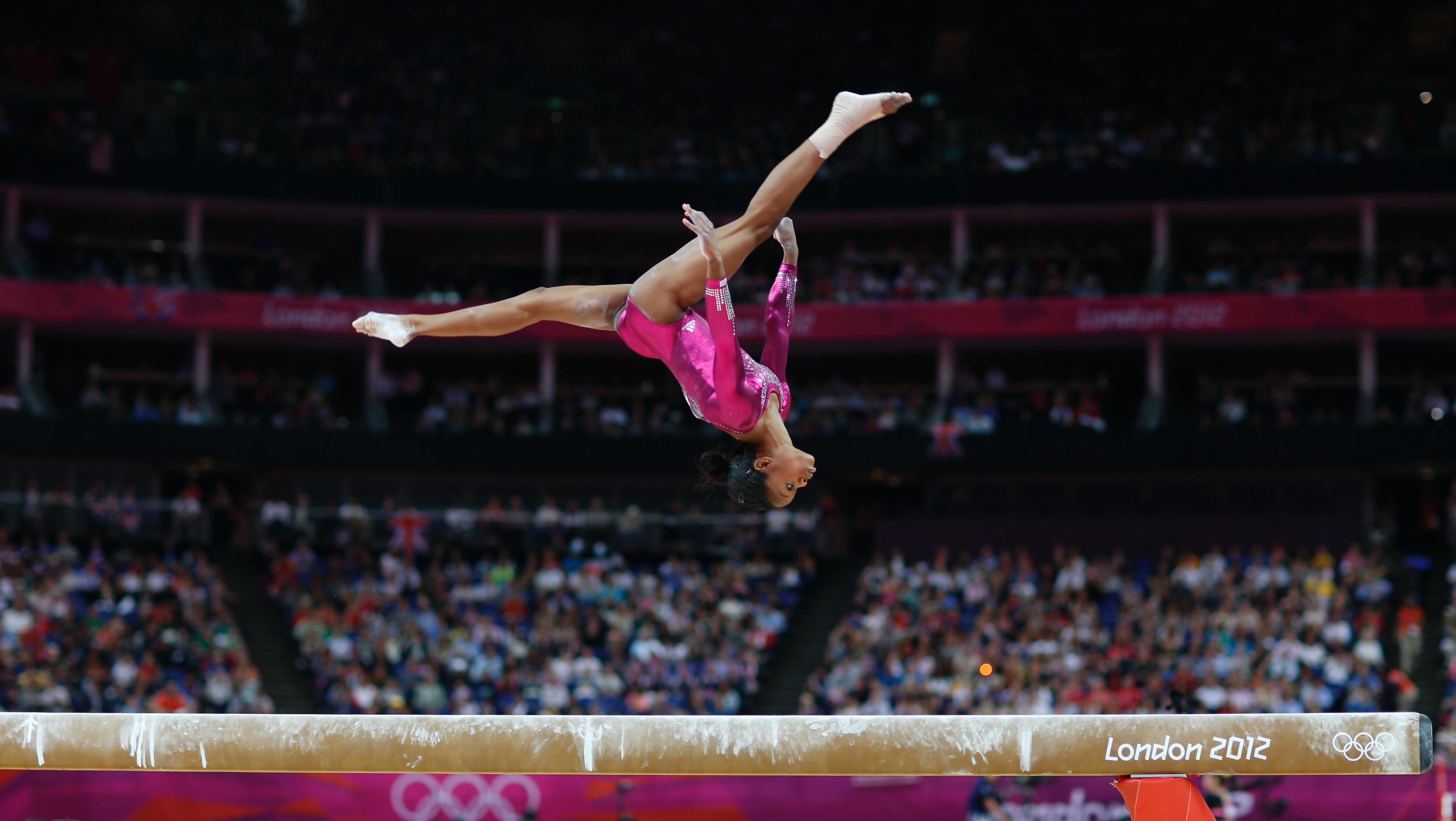Stress fracture in the back
This condition is most common among young athletes in sports that involve lots of stretching and rotation such as gymnastics and dance.

A stress fracture is a type of overuse injury that can occur in young athletes who perform a lot of monotonous and repetitive movements. It is not the same as a «normal» fracture where the bone breaks in two.
The term describes a weak point or an area in the bone structure where bone tissue breaks down faster than it can repair itself. It is important to detect the injury early to prevent a complete fracture.
Around 5-8% of the population is estimated to sustain this type of injury. It is also three times more common in men than women. Up to 50% of young people with back pain have a stress fracture in the lower back.
Cause
It was previously thought that the condition was inherited or present at birth congenital, but this belief has been disregarded. As mentioned above, stress fractures are most likely caused by monotonous and repetitive loading of the back.
Youth in growth are particularly prone to this injury as their bone structure is not yet fully developed. The injury is most common in sports such as wrestling, dance, gymnastics, tennis, rowing, weightlifting, diving and javelin. These sports involve a lot of bending backwards, forwards and rotation of the spine. A stress fracture can also occur on the opposite side from where the main activity takes place. For example, a right-handed tennis player might suffer a stress fracture on their left side.
The lower back
In 95% of cases of a stress fracture in the spine it will be located in the lowest part of the back.
Signs and symptoms
Back pain that worsens during activity, especially when the athlete stretches and rotates the back. The pain may be localised to one side, but sometimes it also spreads down into the buttocks. This may seem strange, but it is possible to have a stress fracture even when no pain or discomfort is present.
Diagnosis
It is difficult for a doctor or physiotherapist to diagnose a stress fracture with a clinical examination. If the pain has only recently started, the changes in the bone tissue may not yet show up on an X-ray. If an injury is still suspected, even though the X-ray is normal, a different imaging diagnostic tool, like MRI, should be used to confirm the diagnosis. This condition should be suspected if a young athlete experiences low back pain.
Treatment
The athlete should not participate in the sport that caused the injury for at least 12 weeks, even if the pain subsides within this period. The bone tissue needs time to heal. In the meantime, the athlete can stay fit by performing alternative, pain-free, exercises. For example, cycling, swimming, and general strength training.
In some cases, the athlete should be examined for any nutritional deficiencies with blood tests. Low levels of calcium and vitamin D affect bone density and may increase the risk of a stress fracture. Measures should be taken to ensure that nutritional values are met by making adjustments to the athlete's diet. This may involve supplement use.
For some athletes it can be a good idea to adjust their sporting technique. We know that the injury can occur as a result of repetitive and monotonous loading. An adjustment in technique can alter the load, thereby decreasing the risk of injury. Young athletes are particularly receptive to changing their technique, but it usually becomes more difficult with age.
Return to sport
The location and status of the stress fracture are more important in prognosis than the choice of treatment. An early diagnosis is crucial to ensure the athlete's well-being and a safe return to sport. This takes a minimum of 12 weeks.